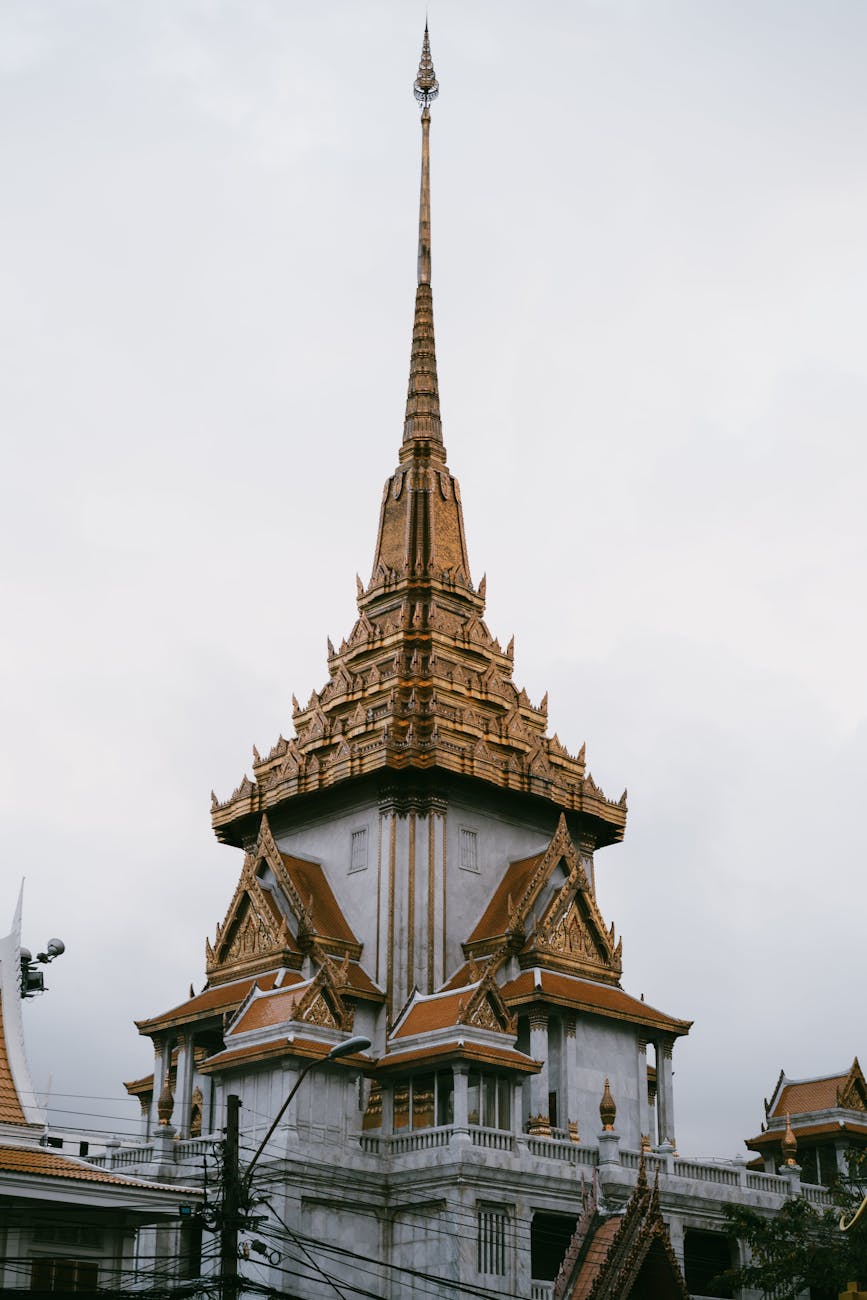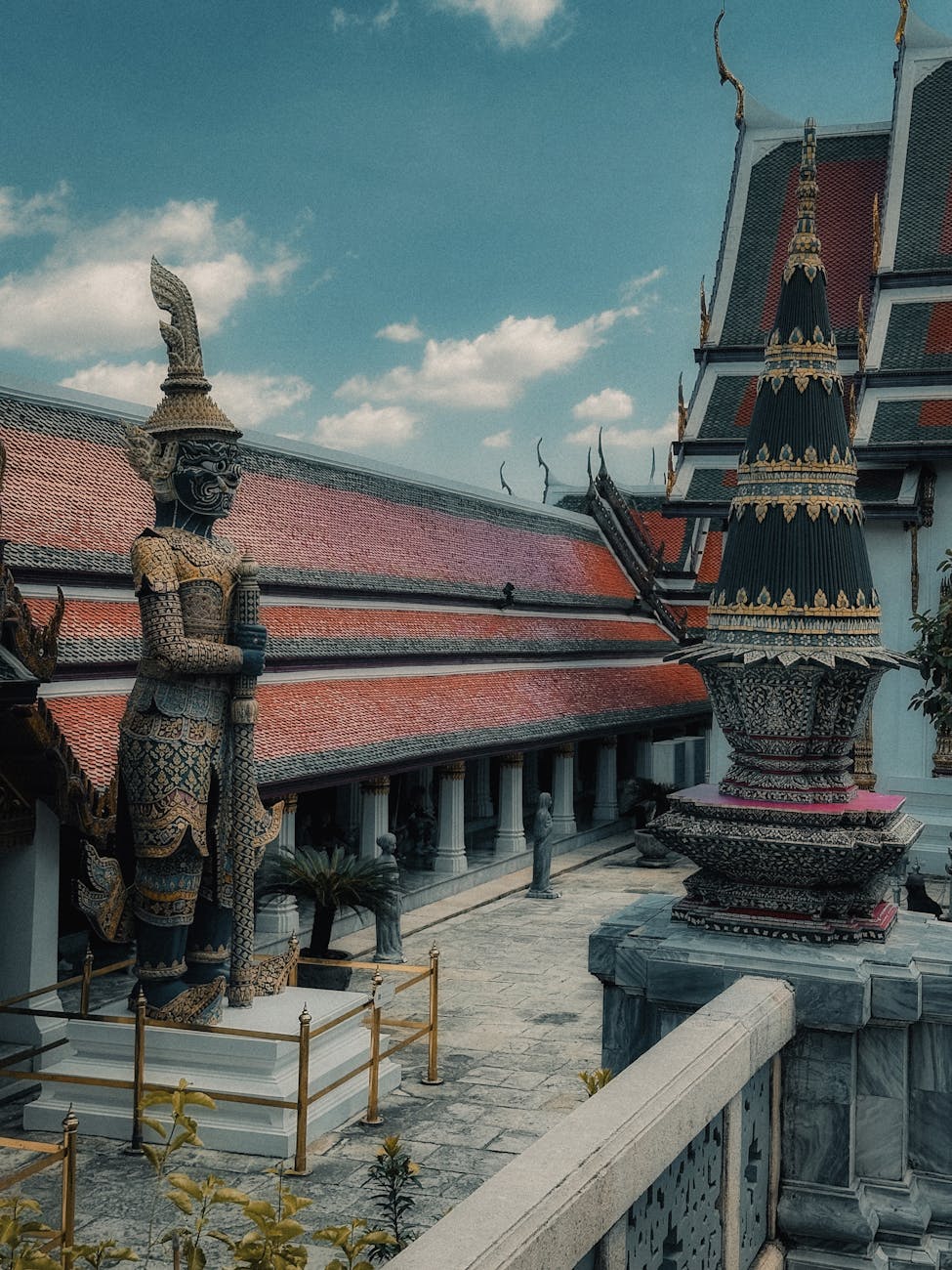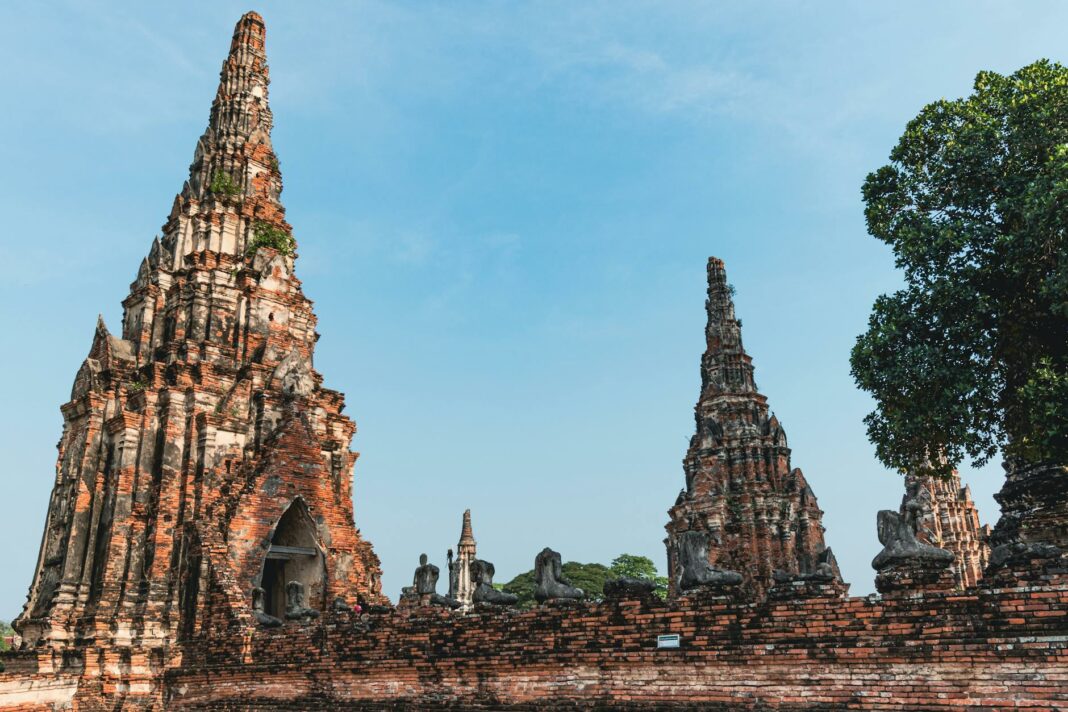Planning a trip to Thailand brings to mind vibrant markets, stunning beaches, and bustling city life. However, an extraordinary adventure awaits those who are willing to venture off the beaten path to uncover Thailand’s lost ancient cities. This captivating exploration reveals a hidden side of Thailand where history and mystery converge. With each ancient remnant, you’ll discover stories that have shaped the culture and life of modern Thailand. As you step into the past, questions flutter through the mind: What secrets do these ancient cities hold? What marvels await your discovery?
From the impressive ruins of Ayutthaya to the enchanting temples of Sukhothai, uncovering these lost civilizations offers an unforgettable journey filled with awe and inspiration. Embrace the opportunity to traverse the land where history breathes—where magnificent structures, intricate carvings, and lush landscapes invite exploration. This blog post is designed to be your ultimate guide, leading you through the myriad of treasures hidden within Thailand’s ancient cities. Immerse yourself in the rich tapestry of Thailand’s heritage on this journey that transcends time.
Table of Contents
- Exploring Ayutthaya: The Forgotten Capital
- Sukhothai: The Birthplace of Thai Civilization
- Kamphaengphet: A UNESCO World Heritage Site
- Lopburi: The City of Monkeys and Ruins
- Actionable Insights for Travelers
- FAQs about Ancient Cities in Thailand
- Discover Thailand’s Ancient Marvels
Exploring Ayutthaya: The Forgotten Capital
Ayutthaya, Thailand’s ancient capital, invites you to stroll through its once-majestic streets. Established in the 14th century, this city flourished for over 400 years, rendering itself a formidable trading hub in Southeast Asia. Surrounded by three rivers, Ayutthaya became a melting pot of cultures, showcasing the elegance of Khmer and Sri Lankan architecture. Among the impressive ruins, the towering prang of Wat Chaiwatthanaram stands tall, capturing the essence of the city’s glory days. As you explore the extensive temple complex, allow the haunting beauty of the remaining structures to transport you back in time. This UNESCO World Heritage Site, with its impressive remains of palaces, temples, and walls, holds a wealth of history and endless stories waiting to be uncovered.
Venture deeper into the city’s heart, and you will find Wat Phra Si Sanphet, a hallmark of Ayutthaya, adorned with three magnificent chedis. These towering structures symbolize the devotion of the kings who ruled during the city’s zenith. Don’t miss the legendary Brahma statue at Wat Phra Ram, a site that whispers tales of the past. As you walk amidst these extraordinary ruins, consider bringing a sketchbook or camera. Capture the intricate details of the architecture or the serene expressions carved in stone, creating lasting memories of your expedition into Thailand’s historical landscape.
Sukhothai: The Birthplace of Thai Civilization
Stepping into Sukhothai is akin to entering a living museum that exhibits the roots of Thai culture. Founded in the 13th century, Sukhothai served as Thailand’s first capital, establishing a foundation for the kingdom’s artistic and political development. The historical park, recognized as another UNESCO World Heritage Site, showcases stunning temples surrounded by tranquil lotus ponds, painting a picturesque scene that beckons exploration. Among these structures, Wat Mahathat reigns supreme, featuring a signature Buddha statue that is a testament to the extraordinary artistry of the Sukhothai period. Admire the intricate stucco and the remarkable lotus-bud chedi that contribute to the temple’s ethereal aura.
Explorers will find that each temple here narrates a unique story, intertwining spirituality with artistry. As the sun sets, Sukhothai becomes even more enchanting; the warm glow reflecting off the ruins enhances their beauty. Engage with local guides who can impart their wisdom about the philosophies and events that shaped the kingdom. Embrace the rich history and allow Sukhothai to envelop you in its cultural embrace, as you witness firsthand the artistry of ancient Thai civilization.
Kamphaengphet: A UNESCO World Heritage Site
Known as the “Wall City,” Kamphaengphet stands as a forgotten gem waiting to be discovered. This ancient city flourished during the Sukhothai era and boasts impressive fortifications that showcase its significance as a strategic stronghold. The archaeological site, also designated a UNESCO World Heritage Site, reveals the remains of temples and structures that underline the importance of this location in Thailand’s history. Highlights include the evocative ruins of Wat Phra Si Iriyakhiri and the remnants of ancient walls that echo stories of past defense against invaders. As you navigate through the historical park, the gentle breeze and the tranquil surroundings make for a peaceful yet captivating experience.
Wandering through Kamphaengphet, you can immerse yourself in the rich tapestry of history while surrounded by lush greenery. Many travelers overlook this hidden treasure, which keeps the energy and wonder alive as you explore virtually uncharted territory. Capture the surreal sense of stepping into a living work of art as you stroll amidst ancient bricks and lush foliage. Engaging with locals often unveils personal stories that add depth to your exploration. Embrace Kamphaengphet as a treasure trove of history, where every corner reveals layers of stories waiting to unfold.
Lopburi: The City of Monkeys and Ruins
Just a two-hour drive from Bangkok, Lopburi stands out with its unique blend of ancient history and lively wildlife. This town, renowned for its monkeys—who boldly roam the streets—offers a harmonious mix of nature and heritage. Explore the majestic ruins of Phra Prang Sam Yod, a famous temple known for its unique three towers and intriguing Khmer architecture. Marvel at the historical significance of this site, where Buddha statues appear amidst ancient walls, creating a captivating atmosphere that transports you to another era.
The playful monkeys that inhabit Lopburi add an unparalleled charm to the experience. As they dart around ancient ruins and greet visitors, be prepared for unexpected and playful interactions. These furry residents not only enhance the city’s character but also highlight the seamless relationship between nature and history in Thailand. Capture stunning photographs of monkeys perched on temple walls, as they become a symbol of the city’s charm. Enjoy your exploration while savoring local delicacies from nearby vendors. Lopburi is not just a city of ruins; it is a vibrant locale where history, energy, and nature converge, promising an unforgettable journey.
Actionable Insights for Travelers
Ready to embark on your journey through Thailand’s lost cities? Here are practical tips to enhance your exploration. First and foremost, consider the best time to visit. The dry season from November to February is ideal for avoiding the sweltering heat. Pack comfortable walking shoes, as you will cover extensive areas while exploring ruins. In addition, those planning to take photographs should equip themselves with a quality camera to capture the intricate artistry of these historical wonders. Engaging with local guides will deepen your understanding of the history behind each site. They can unveil stories that books may not reveal, allowing you to grasp the significance of each ruin.
Moreover, remain respectful of the sites by adhering to local customs. Dress modestly and avoid climbing on ancient structures. Instead, take your time to absorb the beauty and historical relevance. Download offline maps for efficient navigation as some areas may have limited connectivity. Lastly, consider visiting local markets for culinary adventures. Sample regional dishes that showcase Thai flavors while supporting the local economy. In doing so, you’ll enhance your experience and create lasting memories that go beyond the ruins themselves.
FAQs about Ancient Cities in Thailand
What is the best time to visit Thailand’s ancient cities?
Visiting during the dry season, from November to February, offers pleasant weather and is ideal for exploring.
Are these ancient sites accessible for tourists?
Yes, most historical parks and temples have facilities and reasonable access for tourists, including pathways and signage.
How can I engage with local culture during my visit?
Interact with local guides, participate in workshops, and savor regional delicacies to experience authentic Thai culture.
Is it safe to visit ancient cities in Thailand?
Yes, as popular tourist destinations, these cities maintain a strong safety presence. However, always stay alert and respect local customs.
Embark on a Journey Through Time
As you conclude your exploration of Thailand’s lost ancient cities, reflect on the myriad of wonders that await discovery. Each site not only holds remnants of the past but offers profound insights into the culture and resilience of the Thai people. These ancient ruins beckon travelers to uncover the stories woven into the fabric of history. Set forth on your quest, allow the enchantment of these sites to captivate your senses, and embark on a journey that promises to be both transformative and enriching. Your adventure through Thailand’s ancient cities is just the beginning of a lifelong love affair with history and culture.
Image Credit: Pexels





